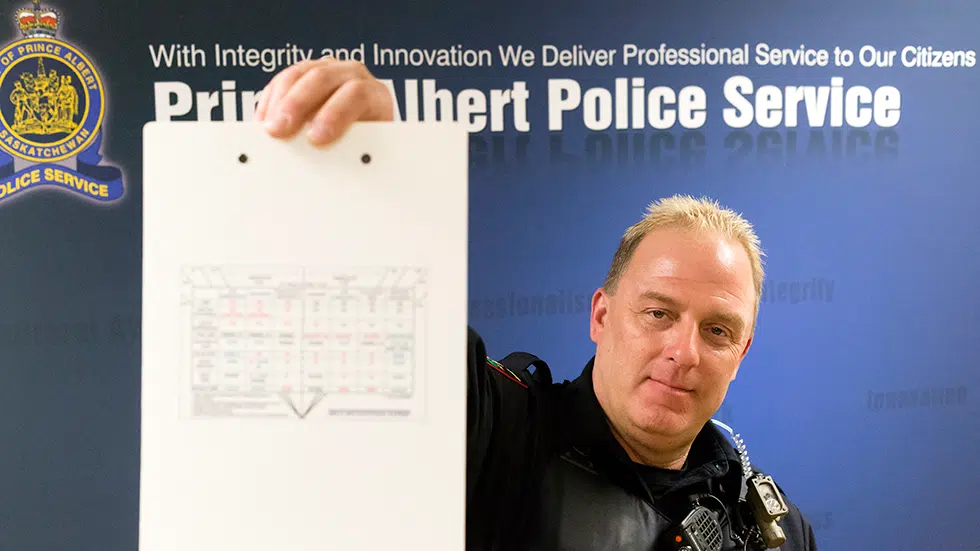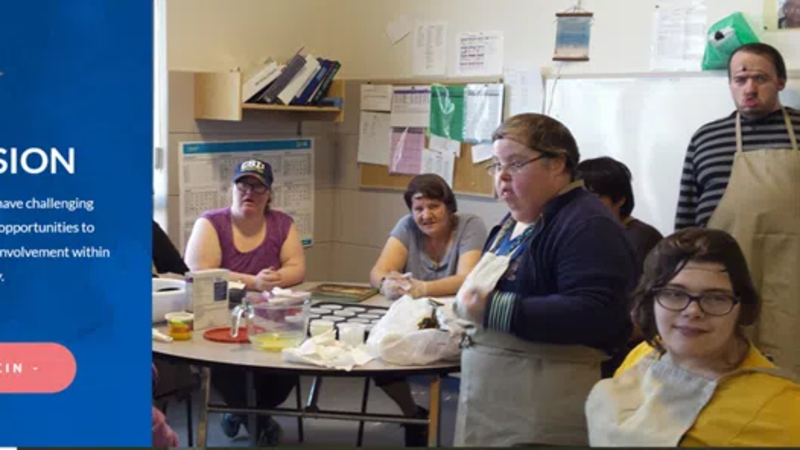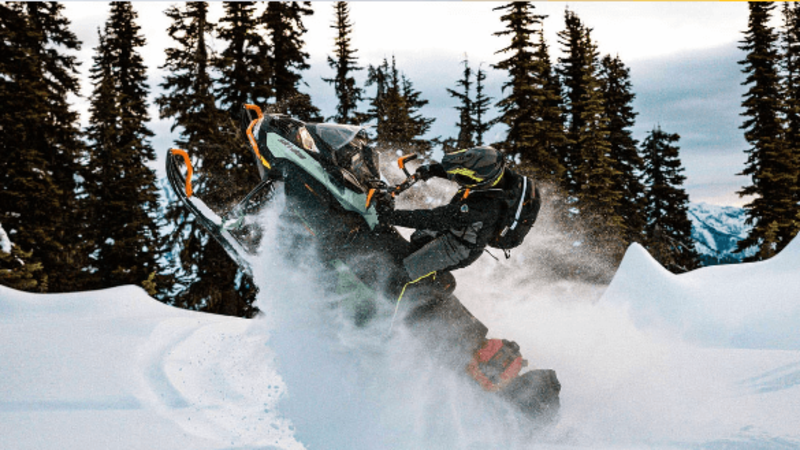
PAPS using a new tool to combat impaired driving
In time with the recent announcement the federal government will legalize marijuana in 2018, police in Prince Albert are applying a new tool to help fight Saskatchewan’s high rate of impaired driving.
Two officers from the Prince Albert Police Service (PAPS) joined members of the Saskatoon Police Service, the Regina Police Service and the RCMP from around the province to become Drug Recognition Experts. The experts are capable of pressing charges above and beyond what SGI’s impaired driving policy calls for.
“[Before] It was a three day suspension, which wasn’t as good as an impaired charge unfortunately, because we weren’t trained yet,” PAPS const. Rob Lindsay said during a press conference on March 29. “Now that we are trained, we can go ahead and lay that impaired [driving] charge.”
The training takes PAPS’ current standard field sobriety tests to a new level by including more comprehensive examinations.


